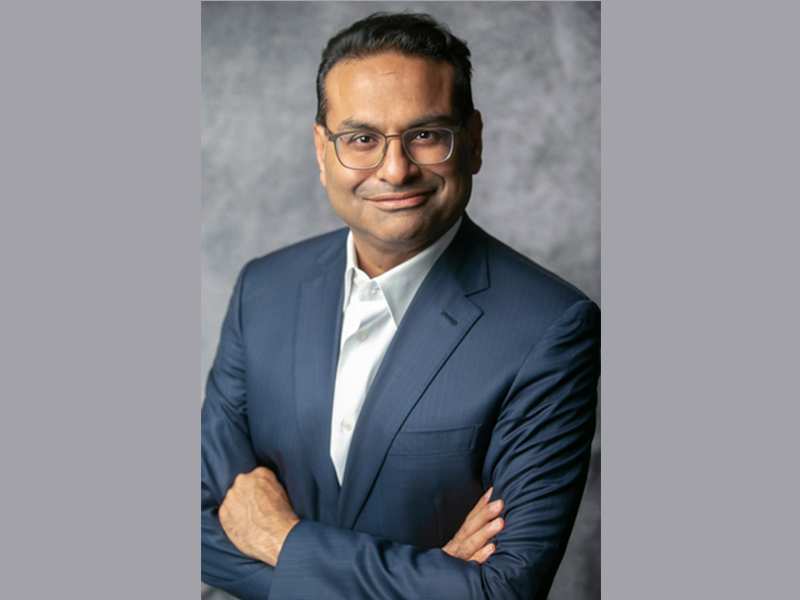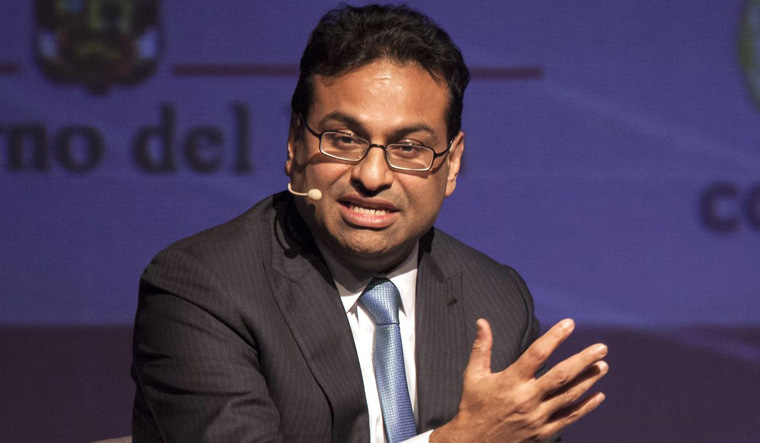Howard Schultz’s Leadership and Vision

Howard Schultz’s leadership has been instrumental in shaping Starbucks into the global coffee giant it is today. His vision, passion, and commitment to creating a unique customer experience have left an indelible mark on the company’s culture and growth trajectory.
Howard Schultz’s Leadership Qualities
Schultz’s leadership style is characterized by his unwavering commitment to creating a strong company culture, fostering employee empowerment, and building a brand that resonates with customers on an emotional level. He emphasizes the importance of values, ethical practices, and a strong sense of community within the organization.
- Visionary Leadership: Schultz possessed a clear vision for Starbucks, envisioning it as a “third place” between home and work, where customers could connect, relax, and enjoy a high-quality coffee experience. He meticulously crafted the brand’s image, focusing on its atmosphere, customer service, and ethical sourcing practices. This vision has guided Starbucks’ growth and expansion into a global phenomenon.
- Customer-Centric Approach: Schultz deeply understands the importance of customer experience. He has consistently emphasized the need to build relationships with customers and create a welcoming and personalized environment. Starbucks’ commitment to providing exceptional customer service, from baristas’ friendly interactions to the meticulous design of its stores, is a direct result of Schultz’s customer-centric approach.
- Employee Empowerment: Schultz believes in empowering employees and creating a culture where they feel valued and invested in the company’s success. He emphasizes the importance of training, development, and opportunities for growth within the organization. This approach has fostered a highly engaged and passionate workforce that contributes significantly to Starbucks’ success.
Schultz’s Tenure as CEO
Schultz’s tenure as CEO can be divided into three distinct periods, each marked by significant milestones and decisions:
- 1987-2000: Schultz joined Starbucks in 1982 and became CEO in 1987. During this period, he spearheaded the company’s rapid growth, expanding from a small Seattle-based coffee roaster to a national chain with over 2,000 stores. He introduced the “Starbucks Experience,” emphasizing customer service, store design, and the company’s commitment to ethical sourcing practices. This period was marked by Starbucks’ initial public offering (IPO) in 1992, which provided the company with the capital necessary for its aggressive expansion.
- 2008-2017: After stepping down as CEO in 2000, Schultz returned to the company in 2008 during a period of declining sales and customer dissatisfaction. He implemented several initiatives to revitalize the brand, including a renewed focus on customer service, store renovations, and the introduction of new products and services. He also emphasized the importance of ethical sourcing and sustainability, solidifying Starbucks’ commitment to social responsibility. This period saw a resurgence in Starbucks’ growth and profitability, solidifying its position as a global coffee leader.
- 2017-2018: Schultz stepped down as CEO again in 2017, handing over the reins to Kevin Johnson. However, he remained chairman of the board and actively involved in the company’s strategic direction. He returned to the role of interim CEO in 2018, leading the company through a period of transition and focusing on addressing concerns related to employee wages and benefits.
Comparison with Other CEOs
Schultz’s leadership style can be compared and contrasted with other prominent CEOs in the industry. For example, compared to Steve Jobs’s visionary and demanding leadership at Apple, Schultz’s approach is more focused on building a strong company culture and empowering employees. While Jobs emphasized innovation and product design, Schultz prioritized customer experience and ethical sourcing.
Starbucks’ Business Model and Strategy

Starbucks’ business model has been instrumental in its success, built on a foundation of high-quality coffee, a unique customer experience, and a strong brand identity. The company’s strategy focuses on both organic growth and strategic acquisitions, aiming to expand its global reach and diversify its product offerings.
Product Offerings and Pricing Strategy
Starbucks’ product offerings are diverse, ranging from its core coffee products to a variety of food items, teas, and other beverages. The company’s pricing strategy is based on a premium positioning, with prices generally higher than competitors. However, Starbucks’ pricing strategy is also flexible, with varying price points across different product categories and markets. The company’s loyalty program, Starbucks Rewards, encourages repeat purchases and drives customer engagement.
Customer Experience
Starbucks’ customer experience is a key differentiator, with a focus on creating a welcoming and comfortable environment. The company’s baristas are trained to provide excellent customer service, and its stores are designed to be inviting and comfortable. Starbucks’ digital initiatives, including mobile ordering and payment, have further enhanced the customer experience, offering convenience and personalization.
Growth and Expansion
Starbucks’ growth strategy is focused on both international expansion and digital innovation. The company has a significant presence in international markets, with stores in over 80 countries. Starbucks’ digital innovation initiatives, such as its mobile ordering and payment platform, have been crucial in driving growth and enhancing the customer experience.
Comparison to Competitors
Starbucks faces competition from a variety of players, including other coffee chains, independent coffee shops, and convenience stores. The company’s key competitive advantages include its strong brand identity, its loyal customer base, and its focus on providing a premium customer experience. Starbucks’ digital initiatives and its commitment to sustainability also differentiate it from competitors.
Challenges and Opportunities for Starbucks: Ceo Of Starbucks

Starbucks, despite its global dominance and iconic status, faces a complex landscape of challenges and opportunities that require strategic adaptation and innovation. This section delves into the major obstacles Starbucks confronts and explores potential avenues for growth and expansion.
Competition in the Coffee Industry
Competition in the coffee industry is fierce and multifaceted, encompassing both established players and emerging brands. Starbucks faces competition from a variety of sources, including:
- Specialty Coffee Shops: Local and regional specialty coffee shops often offer a unique and personalized experience, appealing to customers seeking a more artisanal and community-focused environment.
- Fast Food Chains: Fast food chains like McDonald’s and Dunkin’ Donuts have expanded their coffee offerings, providing affordable and convenient options that compete directly with Starbucks’ core customer base.
- Grocery Stores: Grocery stores have increasingly invested in their coffee sections, offering a wide selection of pre-packaged coffee beans, pods, and brewing equipment at competitive prices.
- Online Retailers: Online retailers like Amazon offer a vast array of coffee products, including specialty roasts, brewing equipment, and subscription services, providing customers with convenient access and competitive pricing.
Starbucks’ response to this competitive landscape involves:
- Product Differentiation: Starbucks continues to innovate with new beverage offerings, seasonal flavors, and limited-edition collaborations, aiming to maintain its brand distinctiveness and attract new customers.
- Customer Loyalty Programs: Starbucks’ rewards program incentivizes repeat customers and provides valuable data insights into consumer preferences, allowing for targeted marketing and personalized offers.
- Digital Ordering and Payment: Starbucks has invested heavily in digital ordering and payment platforms, streamlining the customer experience and providing convenience, especially for busy urban customers.
Evolving Consumer Preferences
Consumer preferences are constantly shifting, driven by factors such as health consciousness, ethical sourcing, and environmental sustainability. Starbucks needs to adapt its offerings and messaging to resonate with these evolving values:
- Health and Wellness: Consumers are increasingly seeking healthier options, leading Starbucks to introduce plant-based milk alternatives, sugar-free beverages, and calorie-conscious menu items.
- Ethical Sourcing and Sustainability: Consumers are demanding transparency and ethical practices from brands. Starbucks has implemented initiatives to promote fair trade coffee sourcing, reduce its environmental footprint, and support local communities.
- Personalized Experiences: Consumers desire customized experiences and personalized recommendations. Starbucks leverages its digital platforms to offer personalized recommendations, rewards, and tailored menu options.
Economic Volatility
Global economic fluctuations, inflation, and changing consumer spending patterns pose challenges to Starbucks’ business model. To mitigate these risks, Starbucks can:
- Cost Optimization: Starbucks can optimize its supply chain, negotiate better prices with suppliers, and implement cost-saving measures to maintain profitability during economic downturns.
- Value-Oriented Offerings: Starbucks can offer value-oriented menu items and promotions to attract price-sensitive customers without compromising its brand quality.
- International Expansion: Starbucks can leverage its global reach and expand into emerging markets with strong growth potential, diversifying its revenue streams and mitigating reliance on mature markets.
Opportunities for Growth and Innovation, Ceo of starbucks
Despite the challenges, Starbucks has numerous opportunities for growth and innovation:
- New Product Categories: Starbucks can expand beyond coffee and explore new beverage categories, such as tea, smoothies, and cold-pressed juices, catering to a broader range of consumer preferences.
- Sustainability Initiatives: Starbucks can further strengthen its commitment to sustainability by investing in renewable energy, reducing waste, and promoting responsible sourcing practices.
- Technological Advancements: Starbucks can leverage technological advancements, such as artificial intelligence, data analytics, and mobile ordering, to enhance the customer experience, personalize offerings, and optimize operations.
Strategic Roadmap for Starbucks
To navigate the complex challenges and capitalize on future opportunities, Starbucks needs a strategic roadmap that encompasses:
- Focus on Core Values: Starbucks should reaffirm its commitment to its core values of community, sustainability, and customer experience, ensuring that these values guide all strategic decisions.
- Innovation and Product Development: Starbucks should continue to invest in research and development, introducing new products and services that cater to evolving consumer preferences and market trends.
- Digital Transformation: Starbucks should leverage digital technologies to enhance the customer experience, personalize offerings, and optimize operations, while ensuring data privacy and security.
- Global Expansion and Market Diversification: Starbucks should explore new markets with growth potential, diversifying its revenue streams and mitigating reliance on mature markets.
- Sustainability and Social Responsibility: Starbucks should continue to prioritize sustainability and social responsibility, building a reputation as a responsible and ethical brand.
Ceo of starbucks – Yo, Starbucks is like, the OG coffee joint, right? And the dude running the show, the CEO, is like, the mastermind behind all that green and white goodness. You wanna know how he’s keeping things fresh and relevant?
Check out this article about the CEO of Starbucks and his game plan for the future. It’s all about innovation, growth, and keeping those lattes flowing.
Yo, you know the Starbucks CEO, right? Like, the guy who runs the coffee game? Well, he’s got some competition from the ceo of Chipotle , who’s basically the king of burritos. Both these dudes are hustling hard, but I gotta say, the coffee game is way more chill than the fast food world.
